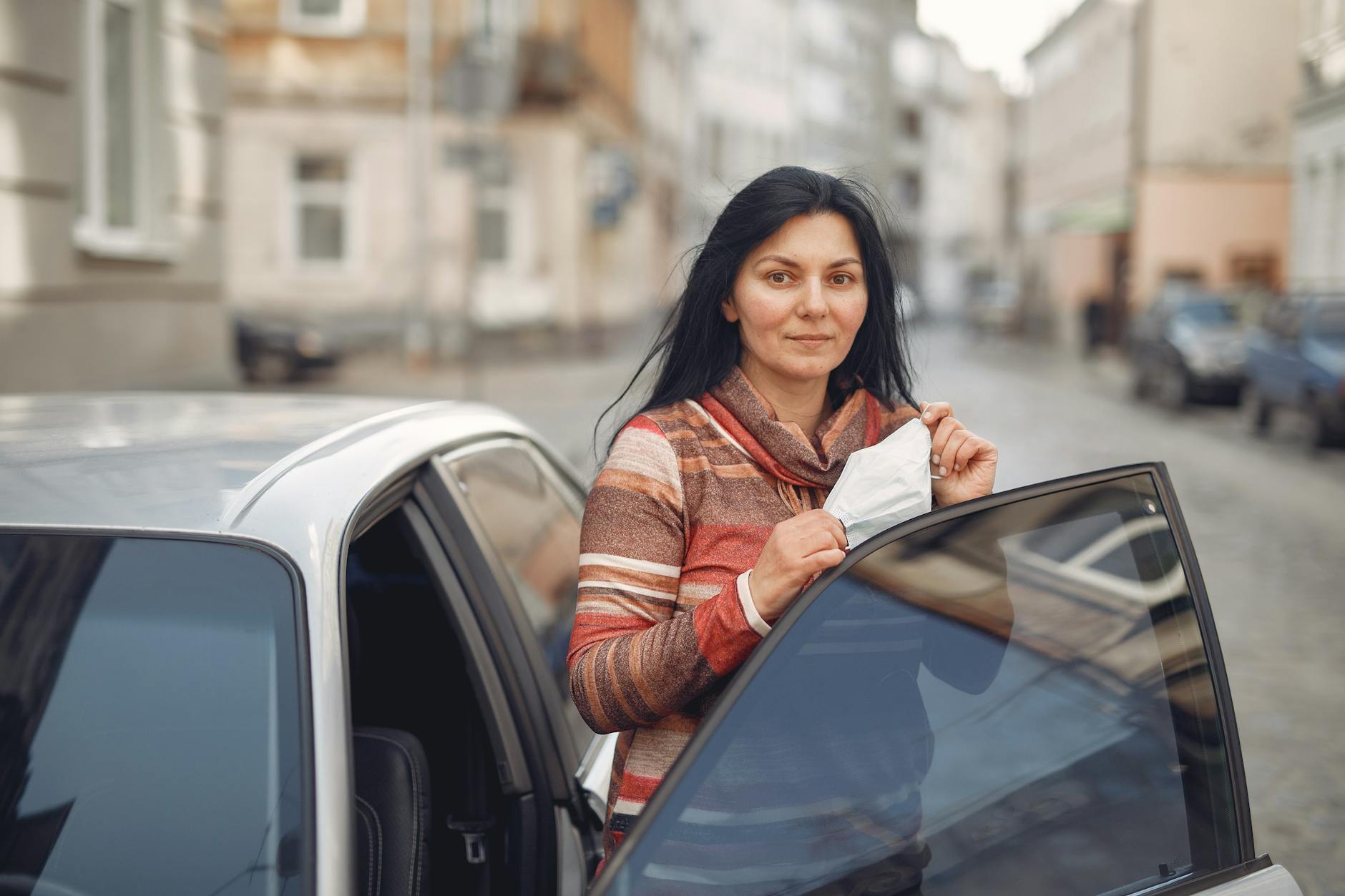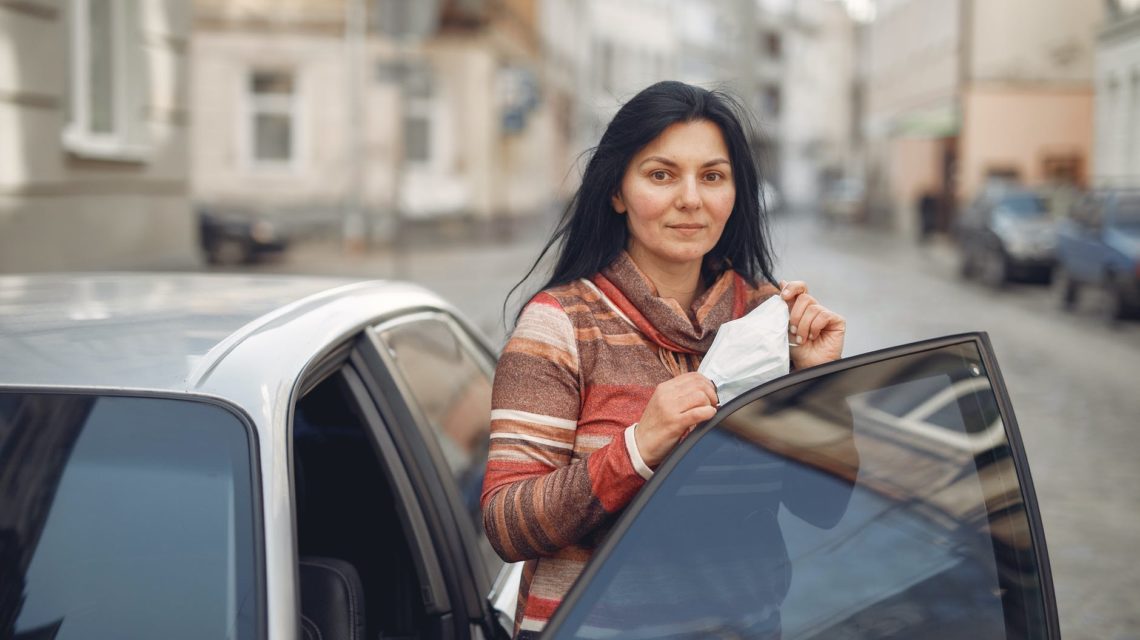By William Petri, Professor of Medicine, University of Virginia
The Conversation, May 22, 2020
As we return to some degree of normalcy after weeks of social distancing, we all need a plan. As an immunologist, I’ve given this a lot of thought personally and professionally.
When I venture out, I am first going to check the number of new COVID-19 infections in my community. In Virginia, for example, as of May 16, some health districts had 200 new daily cases and others fewer than 10. I am going to be less risk-averse when new cases fall to near zero.
Second, I will assess my risk for severe infection and the risk for severe infection for those I will be visiting. The CDC defines these risk factors as being over age 65 or having serious underlying medical conditions, which include chronic lung disease, moderate to severe asthma, serious heart conditions, immunocompromise, severe obesity (body mass index over 40), diabetes, kidney disease requiring dialysis, liver disease or living in a nursing home or long-term care facility. If I have one of these risk factors, or am visiting someone with one of these risk factors, I am going to be extra-cautious.
Third, I will draw from knowledge about how COVID-19 is transmitted. Airborne transmission and fomites, or contaminated surfaces such as doorknobs, are both means of infection. The SARS-CoV-2 virus that causes COVID-19 is stable in airborne droplets, or aerosols, for hours and on the surface of cardboard for a day and plastics for two days. A study in the New England Journal of Medicine, for example, showed that half of nursing home patients who had COVID-19 were without symptoms at the time of diagnosis, by nasal swab PCR test for the virus, and yet infectious to others. Normal speech generates oral fluid droplets which are potentially infectious but are captured by a cloth face mask, preventing transmission to others.

I am going to wear a mask to help prevent my giving the infection to others, avoid touching surfaces such as handrails, try not to touch my eyes or nose or mouth with my hands and wash my hands frequently.
I am going to try to stay outdoors, where the risk of infection from aerosols is less, and if indoors stay six feet distant from others and limit my time there.
I am going to assess my risk for infecting others. If I have a fever, cough or other flu-like symptoms, such as muscle aches or tiredness, I am not going to venture out and risk exposing others to COVID-19. Even if healthy, I am going to wear a mask when out so that I can protect others if I am unknowingly infected but pre-symptomatic.
While it is tempting to resume normal activities, I have to remember – and I hope you will, too – that my individual behavior affects not only my health, but also yours.
###
Disclosure Statement: William Petri does not work for, consult, own shares in or receive funding from any company or organization that would benefit from this article, and has disclosed no relevant affiliations beyond their academic appointment.
This article is republished from The Conversation under a Creative Commons license. Read the original article.











